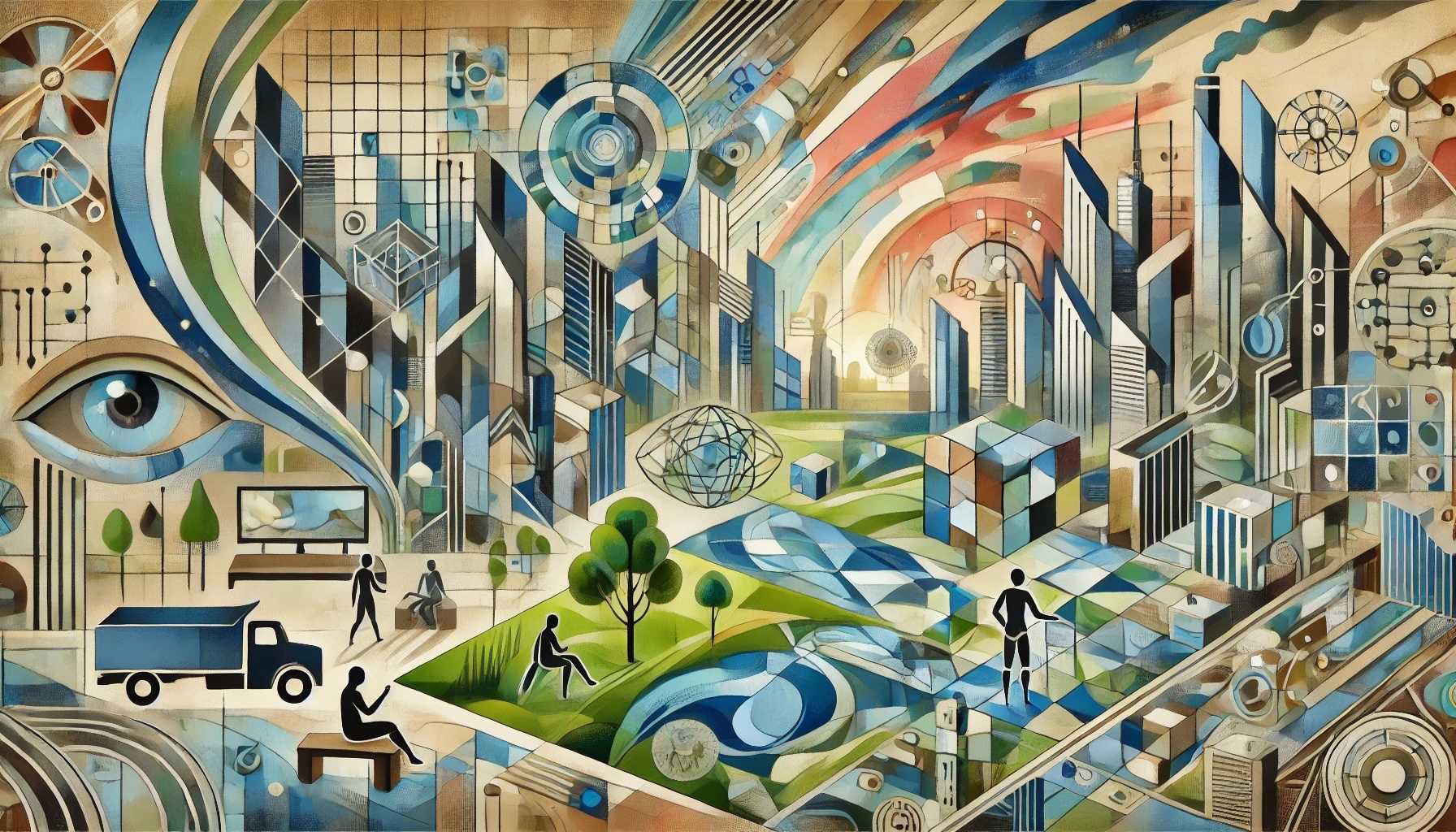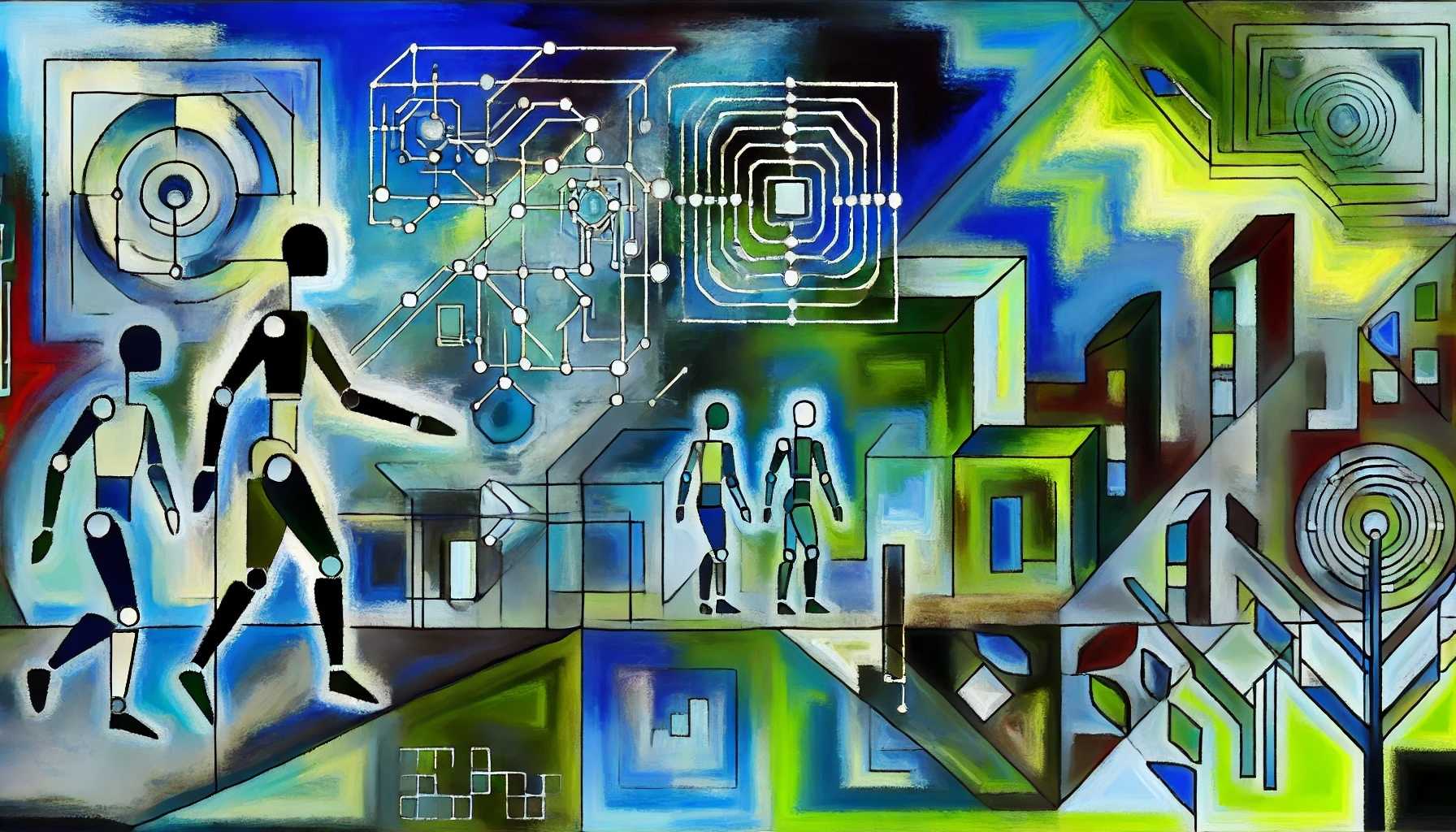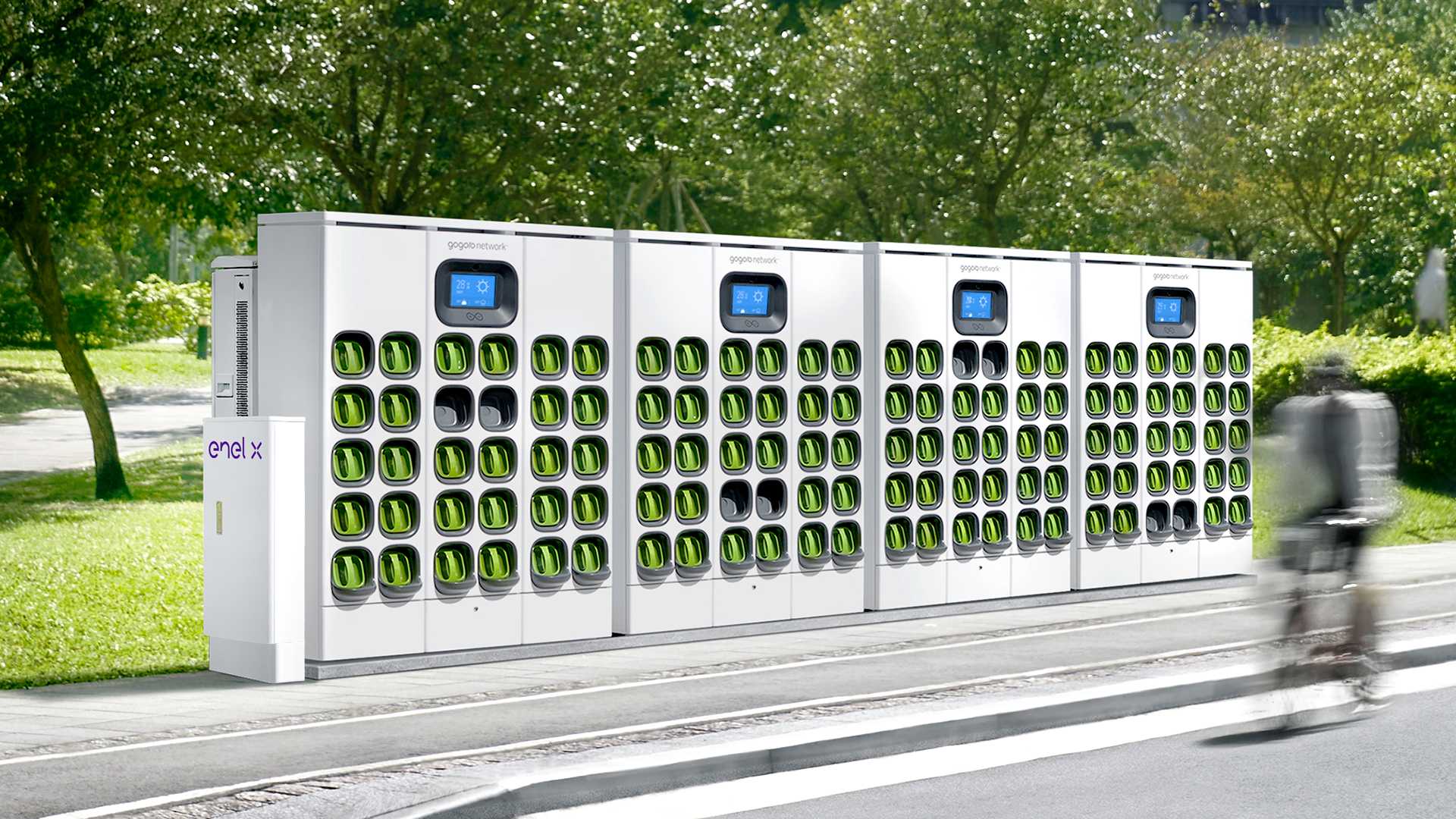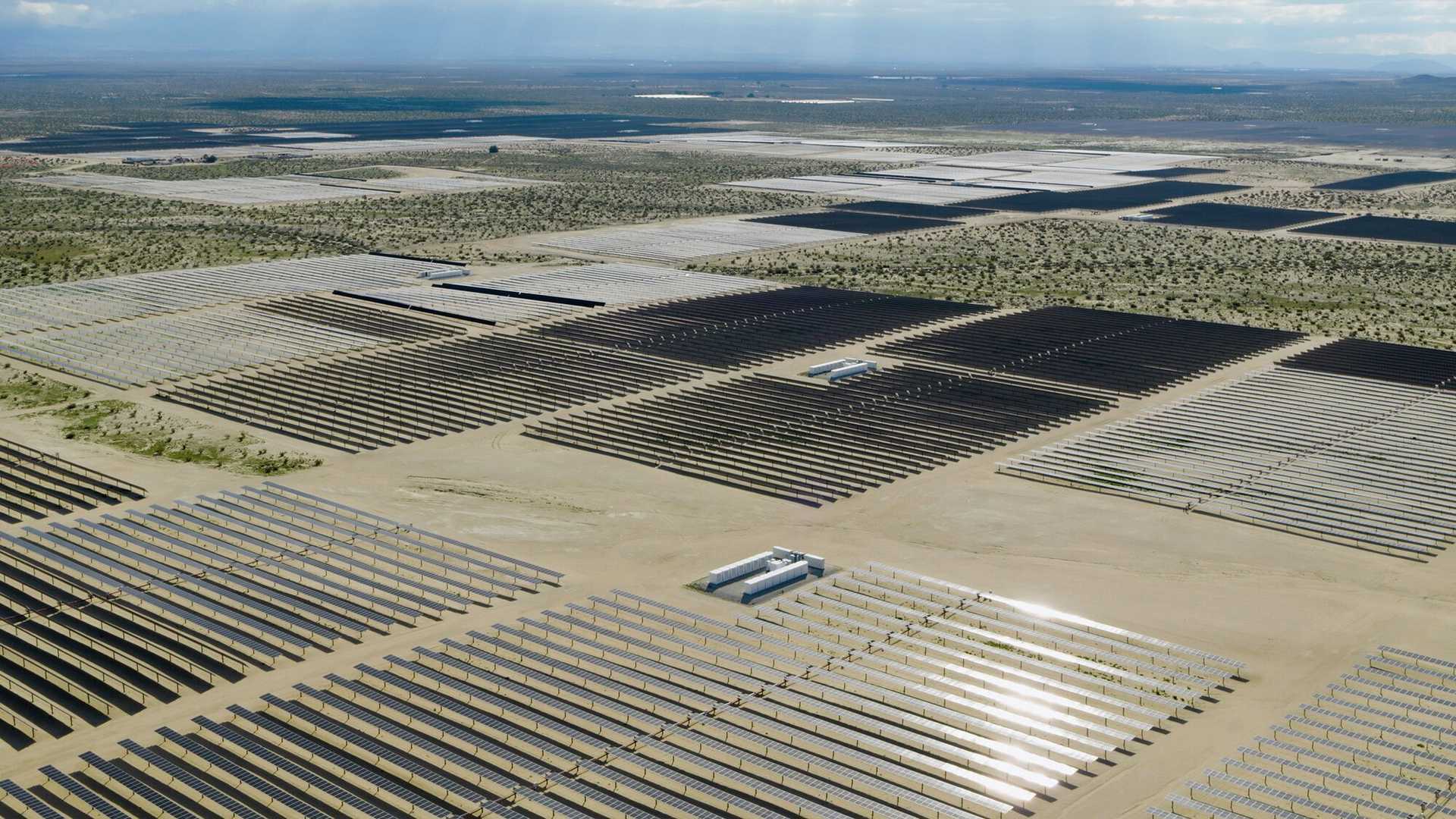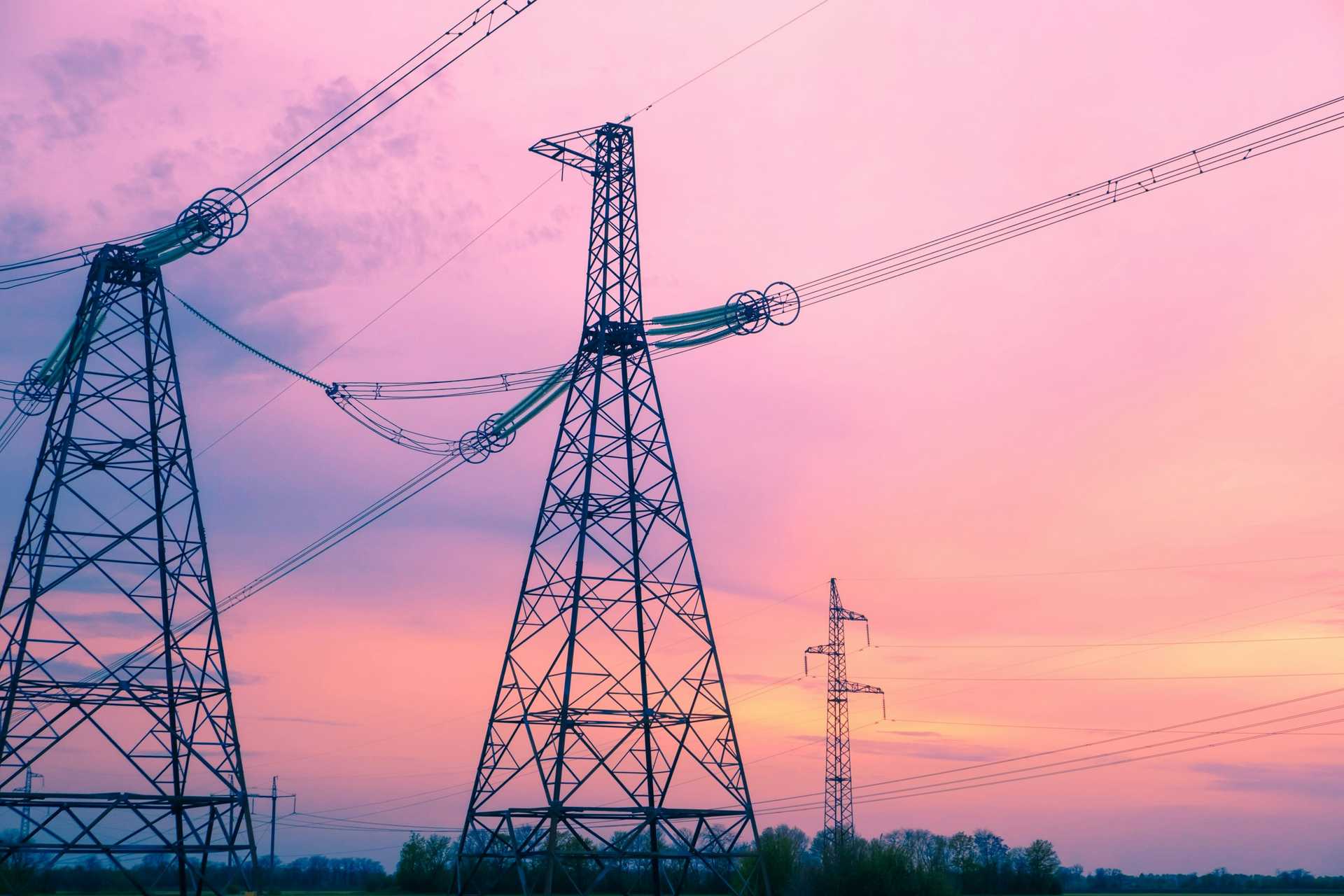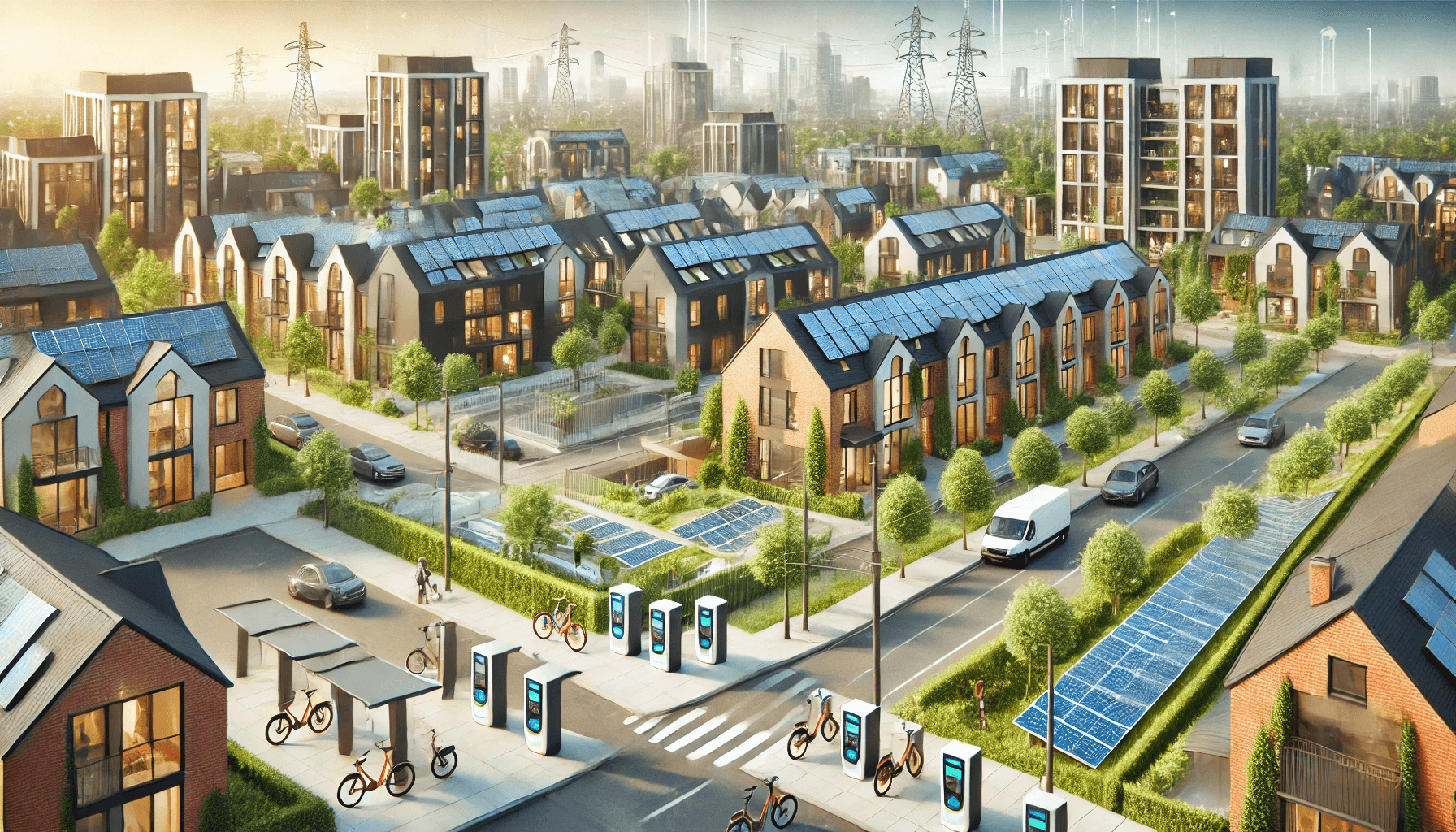
Microgrid makeover
From utility-scale to building-scale intelligence.
How likely? How soon? What impact?
Over the next decade, the electrical grid will continue an accelerating transformation, shifting from centralized control to a network of intelligent, interconnected microgrids. Advanced AI and machine learning models will power new components, from massive renewal generating stations to virtual power plants that re-organize existing resources, to optimize and automate energy storage and distribution at multiple scales. Other innovations will target niches of need, from e-bike battery swap stations that double as grid stabilizers during emergencies to high-resolution 3-D mapping and climate risk models that keep transmission lines in a good state of repair.
This decentralized approach will create dynamic ecosystem of smart, autonomous nodes working in concert to balance supply and demand, reduce carbon emissions, and ensure reliable power delivery in the face of increasing climate uncertainties. But as buildings and neighborhoods gain the ability to generate, store, and intelligently manage their own energy, traditional utilities will be forced to evolve.
Personalized Insights
How might this trend shape your future? Generate a set of personalized insights to explore challenges, opportunities, and potential innovations. Simply select a sector, occupation, and target year — then press the button and let our AI do the work.
Generator Settings
Signals
Signals are evidence of possible futures found in the world today—technologies, products, services, and behaviors that we expect are already here but could become more widespread tomorrow.
